*Author: Chris Zheng
On January 13, XPeng Motors launched an NGP automatic navigation assisted driving experience that exceeded 90 kilometers on an open highway in Guangzhou.
After the stunning XPeng Intelligent Day on October 24th last year, and less than three months later, this is another NGP automatic navigation assisted driving experience activity initiated by XPeng.
In the intelligent automobile industry, the quarter is recognized by various automobile manufacturers as the tacit agreement for the approval, research and development, testing, and promotion of full-vehicle functions. This made me very curious before experiencing it. How much progress can XPeng NGP make in less than a quarter?
When the audience changes from automobile media to ordinary car owners
It should be noted that the XPeng “Intelligence Experience Camp” is a theme event in 2021 for XPeng to share autonomous driving and intelligent networking, aimed at XPeng’s “Peng Friends,” meaning XPeng Motors’ car owners or potential users. Therefore, this is an operational activity aimed at ordinary users. This is the background.
Compared with NGP three months ago, the biggest feeling I had from this experience was the comprehensive user education work that XPeng strengthened.
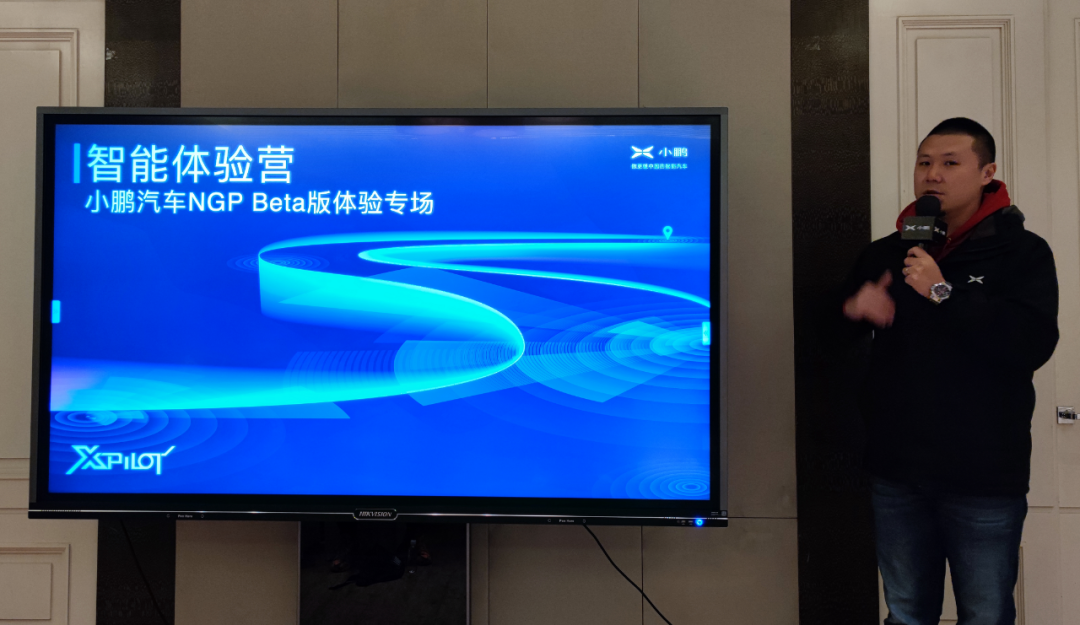
NGP, Navigation Guided Pilot. Before the lecture, Dr. Ma Jun, the project management director of XPeng’s autonomous driving center, emphasized that NGP has been renamed “automatic navigation assisted driving”, and the biggest difference from the previous “highway automatic navigation driving” is the return of the word “assisted.”
Prior to XPeng, many car companies have made changes to the naming of their assisted driving systems. The difference between the two is that other car companies have taken remedial measures after the accident occurred, whereas XPeng chose to pre-position the risks and eliminate “over-trust” before it occurred.
Compared with the now commonplace L2 level assisted driving ability, the biggest difference for NGP-like functions is taking over the direction of the vehicle on the basis of assisted driving and further realizing autonomous lane changing and entering/exiting the highway.For ordinary consumers who don’t understand technology, NGP simply means automatic driving that frees hands and feet, which can be a potentially dangerous perception.
To mitigate this risk, XPeng has specifically prepared a PowerPoint presentation that highlights that NGP is still an advanced driver assistance system, not an autonomous driving system.
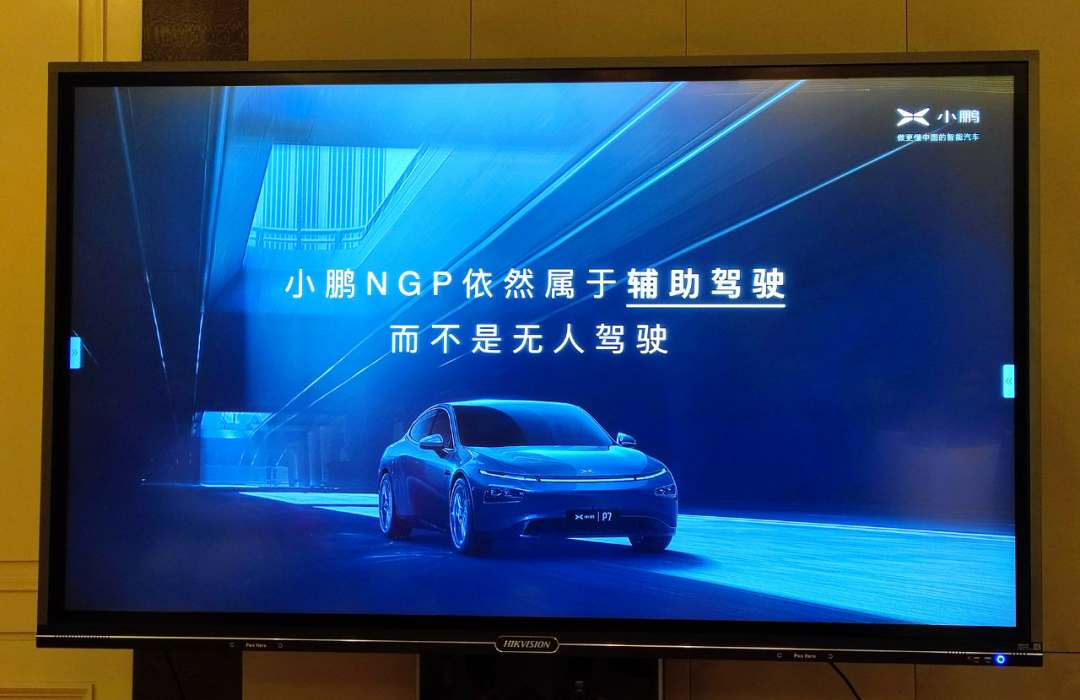
Here comes the highlight: after turning on NGP upon boarding, a QR code will pop up on XPeng P7’s central screen. All test drivers must scan the code to participate in the XPeng NGP driver exam, where the NGP safety video cannot be fast-forwarded or skipped, and must be watched frame by frame.
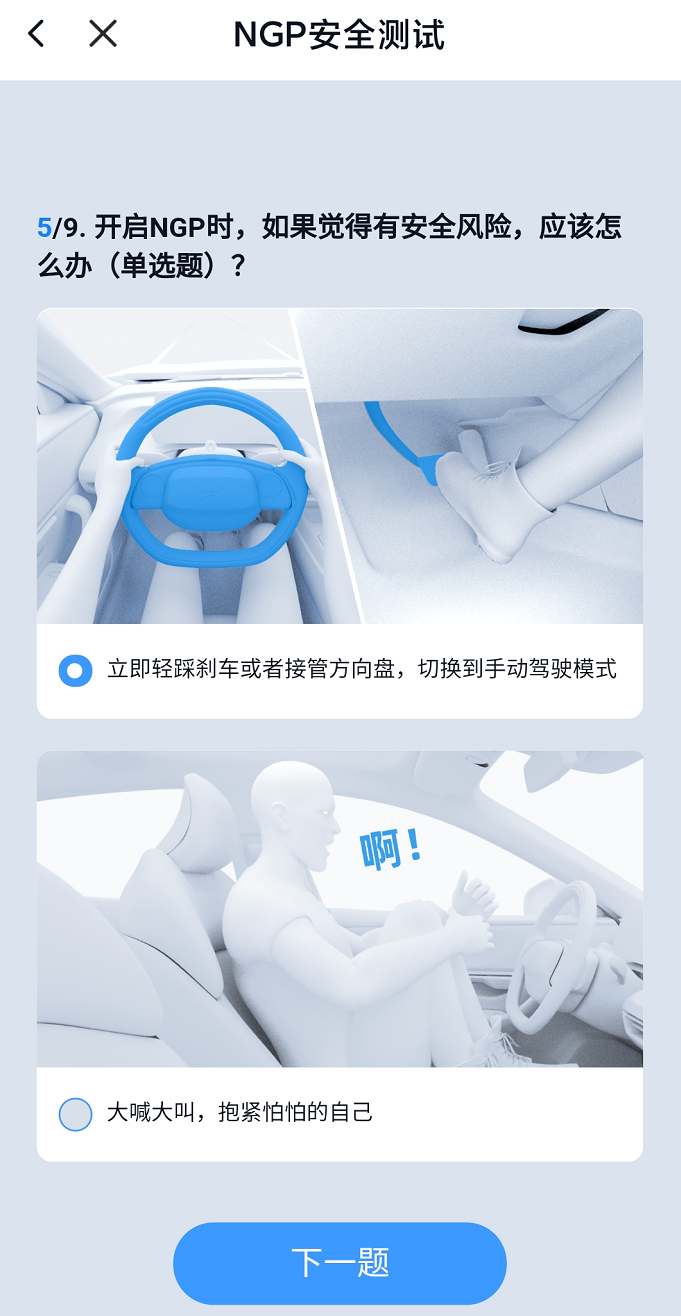
After the video, they will take a “test”, which includes 9 questions to verify the test driver’s understanding of the NGP system’s capability boundaries.
The NGP function can only be enabled after passing the exam.
For the media who participate in test drives, this learning process may be a bit “agonizing,” but for ordinary users who are new to NGP, this kind of user education is timely and necessary.
In terms of this issue, XPeng plays a role similar to driving schools. Compared with the cutting-edge technology breakthroughs, user education may not be cool, but it is valuable.
The best performance in the field supported by high-precision positioning and mapsThe next step is user experience. According to the feedback from the first batch of media, compared with the engineering version on October 24 last year, the strategy of XPeng NGP has become more conservative.
This raises some concerns for me. When using the same level of function NoA automatic assisted navigation driving function in my Tesla, I have always set the option of “change lane based on speed” to “extreme speed”, which is the most aggressive driving strategy mode.
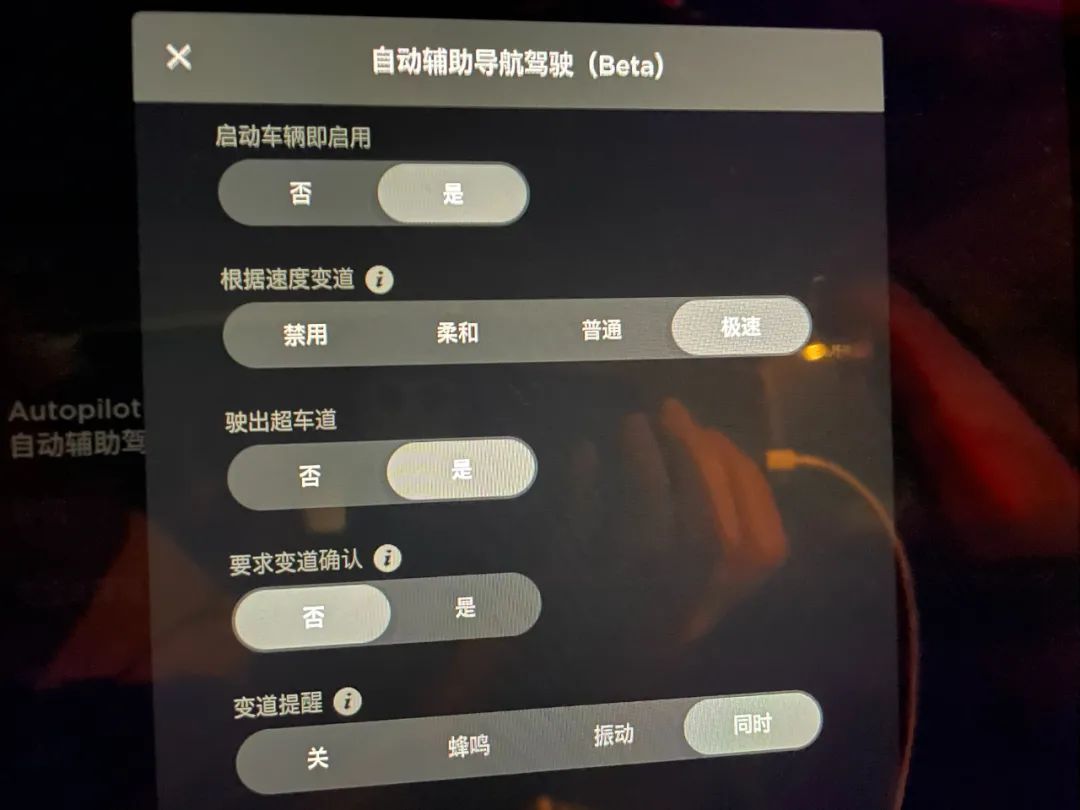
In the assisted driving system, safety and efficiency often conflict with each other. Choosing safety is not difficult. To balance efficiency as much as possible while ensuring safety, it tests the ability of the autonomous driving product manager.
However, in the entire test driving process, XPeng NGP’s engineering version demonstrated high maturity, including automatic lane change, entering and exiting ramps and other functions, which were clean and efficient, without any compromise on convenience and efficiency due to safety.
But compared to Tesla, the most profound segmentation function I experienced in the NGP engineering version is “automatic speed limit adjustment”. This is a seemingly simple but actually very influential feature that affects the continuity of user experience.
A very experience-impacting bug of Tesla’s NoA is the speed adjustment issue, including sudden speed drop when entering ramps, inability to automatically accelerate after exiting ramps, and outdated map (speed limit) information that lowers the maximum operating speed.
These sudden slowdowns and running at low speeds for extended periods will directly prompt drivers to take over the vehicle.
According to XPeng engineers, the speed limit for NGP comes from high-precision maps and speed limit information read from the camera. NGP’s actual operation is based on speed limit information, combined with curvature information of the road for comprehensive calculation.
This largely ensures the continuity of the system driving experience, with the support of high-precision maps, gradually decelerating before entering ramps, and gradually accelerating after exiting ramps.
By supporting effective speed limit information, independent NGP running sections can be strung together into a closed loop.
In fact, “takeover frequency” may be more reflective of the value of NGP than any other indicator.This is why, on the XPeng Intelligent Day on October 24th last year, He XPeng, the chairman of XPeng Motors, announced that in the first quarter of 2021, XPeng Motors will start from Guangzhou and travel all the way to Beijing, covering more than 2,000 kilometers of road, which will be driven in full NGP mode.
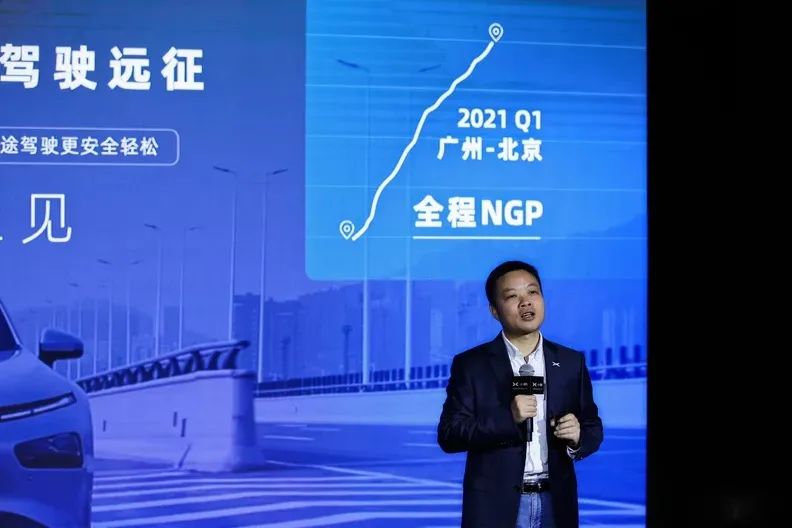
He XPeng added, “In this process, we hope to never touch the steering wheel once.”
How did XPeng solve the speed limit issue so well? From an architectural perspective, this is due to the differences in technology architecture between different companies.
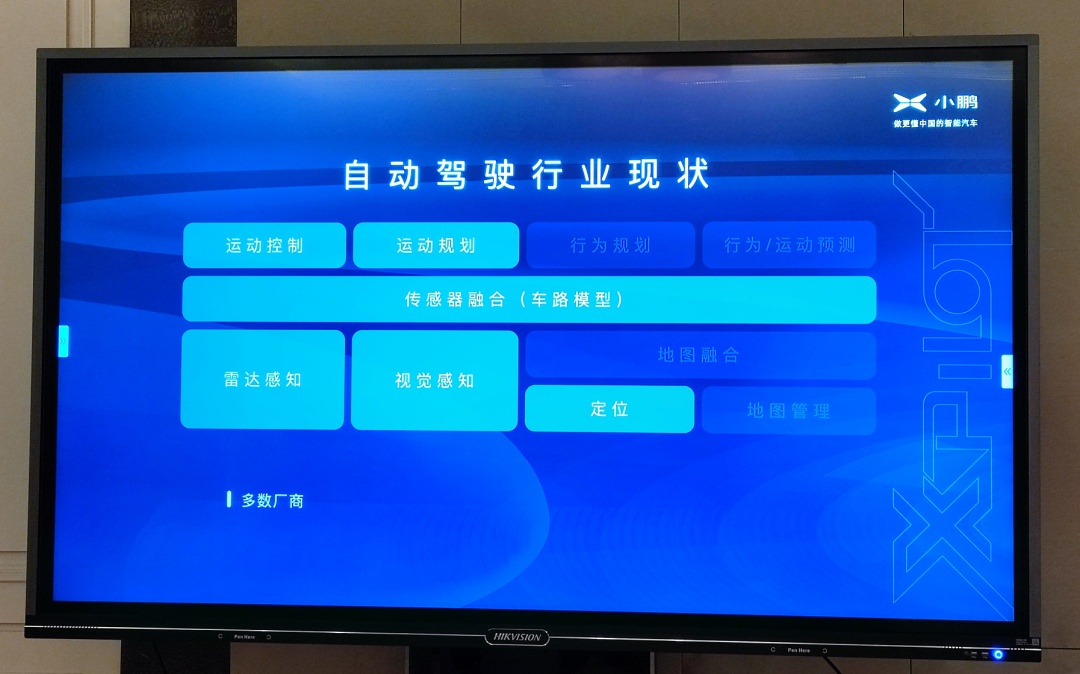
Take Tesla as an example. On top of the conventional L2 technology architecture in the industry, Tesla’s Autopilot system added a behavior planning and behavior/motion prediction module to support automatic lane changing and ramp merging in the NoA automatic assisted navigation driving function.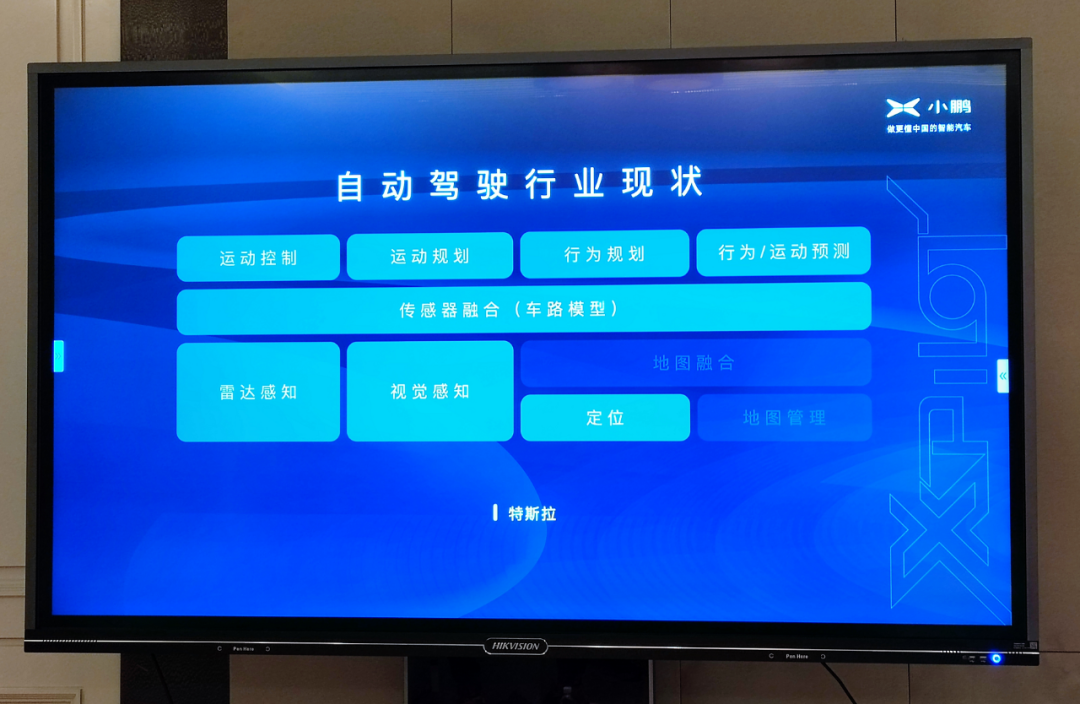
In addition to Autopilot, XPeng NGP integrates high-precision maps that contain a large amount of sensory information, and a high-performance positioning module with visual positioning capabilities to further enhance the user experience of NGP.
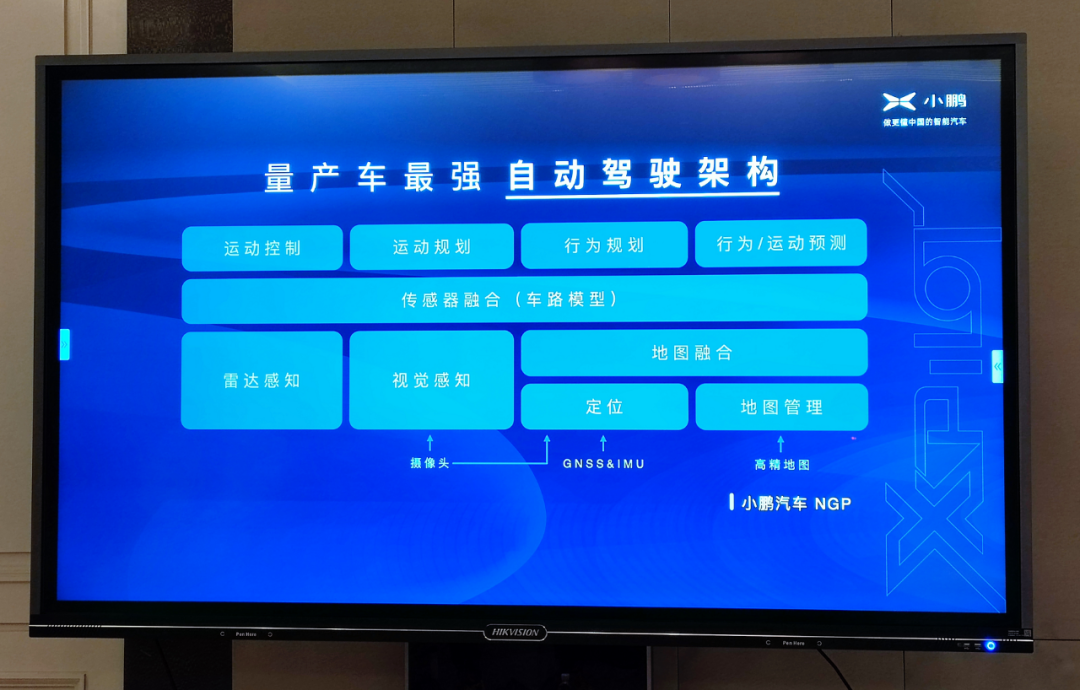
For example, high-precision map information can provide accurate information such as speed limits, curvatures, slopes, and cross-slope angles, and the incorporation of this prior information greatly reduces the perception pressure of the sensing system for real-time inference of 360° road conditions.
This experience was not without regrets. The XPeng autonomous driving team has developed a large number of localized functions based on China’s national traffic conditions, such as super-following in congested roads, night overtaking reminders, avoiding fault vehicles, and automatic emergency overtaking, but they were not able to be intuitively experienced due to good weather and road conditions.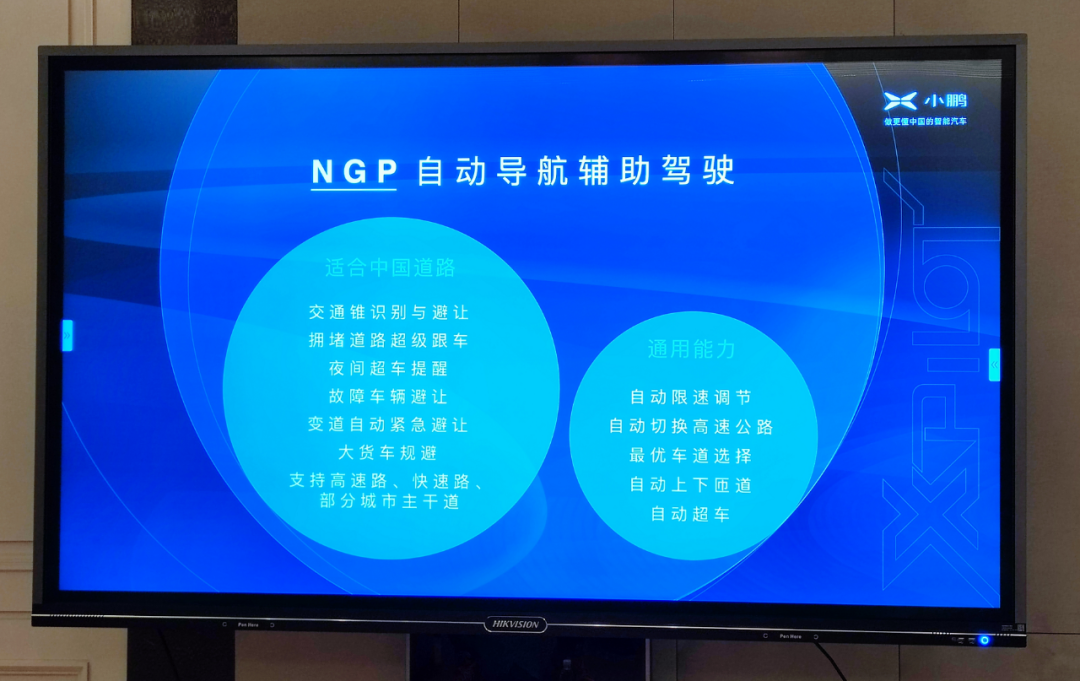
However, it is precisely because the interaction between the XPeng P7 and other obstacles during driving is not frequent, that the “Automatic Speed Limit Adjustment” function supported by the high-precision map performance impresses people.
We are also curious whether NGP will be as safe and convenient in more complex and long-distance working conditions as it is on this more than 90-kilometer journey. This undoubtedly makes people look forward to the performance of the upcoming Guangzhou-Beijing 2000+ kilometers ultra-long NGP.
This article is a translation by ChatGPT of a Chinese report from 42HOW. If you have any questions about it, please email bd@42how.com.
